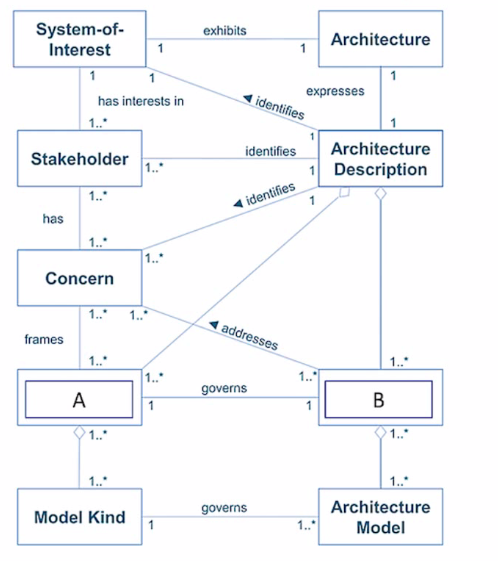Master The Open Group OGEA-101 Exam with Reliable Practice Questions
Start a Discussions
Which of the following best describes purpose of the Business Scenarios?
Start a Discussions
Consider the following statements:
1. Each contracted party is required to act responsibly to the organization and its stakeholders.
2. All decisions taken, processes used, and their implementation will not be allowed to create unfair advantage to any one particular party.
3. Digital Transformation and operations will be more effective and efficient.
4. Strategic decision-making by C-Level executives and business leaders will be more effective.
Which statements highlight the value and necessity for Architecture Governance to be adopted within organizations?
Correct : A
Architecture governance is the practice of ensuring compliance with the enterprise architecture and its principles, standards, and goals. Architecture governance provides the means to establish, monitor, and control the architecture development and implementation processes, and to resolve any issues or conflicts that may arise. Architecture governance also ensures that all stakeholders are represented and involved in the decision-making process, and that their interests and concerns are balanced and aligned. Statements 1 and 2 highlight the value and necessity for architecture governance to be adopted within organizations, as they emphasize the importance of responsibility, accountability, fairness, and transparency in the architectural activities. Statements 3 and 4 are more related to the benefits and outcomes of having a good enterprise architecture, rather than the governance aspect. Reference: : The TOGAF Standard, Version 9.2, Part VI: Architecture Capability Framework, Chapter 50: Architecture Governance : The TOGAF Standard, Version 9.2, Part III: ADM Guidelines and Techniques, Chapter 29: Architecture Governance
Start a Discussions
Refer to the Exhibit.

Consider the image showing basic architectural concepts.
What are items A and B?
Correct : A
Therefore, the correct answer is option A, which identifies the items labeled as ''A'' and ''B'' in the image as an architecture viewpoint and an architecture view, respectively.Reference:
1: ISO/IEC/IEEE 42010:2011 - Systems and software engineering --- Architecture description1
Start a Discussions
Which of the following describes the practice by which the enterprise architecture is managed and controlled at an enterprise-wide level?
Correct : B
According to the TOGAF Standard, 10th Edition, architecture governance is ''the practice by which enterprise architectures and other architectures are managed and controlled at an enterprise-wide level'' 1. Architecture governance ensures that the architecture development and implementation are aligned with the strategic objectives, principles, standards, and requirements of the enterprise, and that they deliver the expected value and outcomes. Architecture governance also involves establishing and maintaining the architecture framework, repository, board, contracts, and compliance reviews 1. The other options are not correct, as they are not the term used by the TOGAF Standard to describe the practice by which the enterprise architecture is managed and controlled at an enterprise-wide level. Corporate governance is ''the system by which an organization is directed and controlled'' 2, and it covers aspects such as leadership, strategy, performance, accountability, and ethics. IT governance is ''the system by which the current and future use of IT is directed and controlled'' 2, and it covers aspects such as IT strategy, policies, standards, and services. Technology governance is ''the system by which the technology decisions and investments are directed and controlled'' 3, and it covers aspects such as technology selection, acquisition, deployment, and maintenance. Reference: 1: TOGAF Standard, 10th Edition, Part VI: Architecture Governance, Chapter 44: Introduction. 2: TOGAF Standard, 10th Edition, Part I: Introduction, Chapter 3: Definitions. 3: TOGAF Series Guide: Using the TOGAF Framework to Define and Govern Service-Oriented Architectures, Part II: Using the TOGAF Framework to Define and Govern Service-Oriented Architectures, Chapter 5: Technology Governance.
Start a Discussions